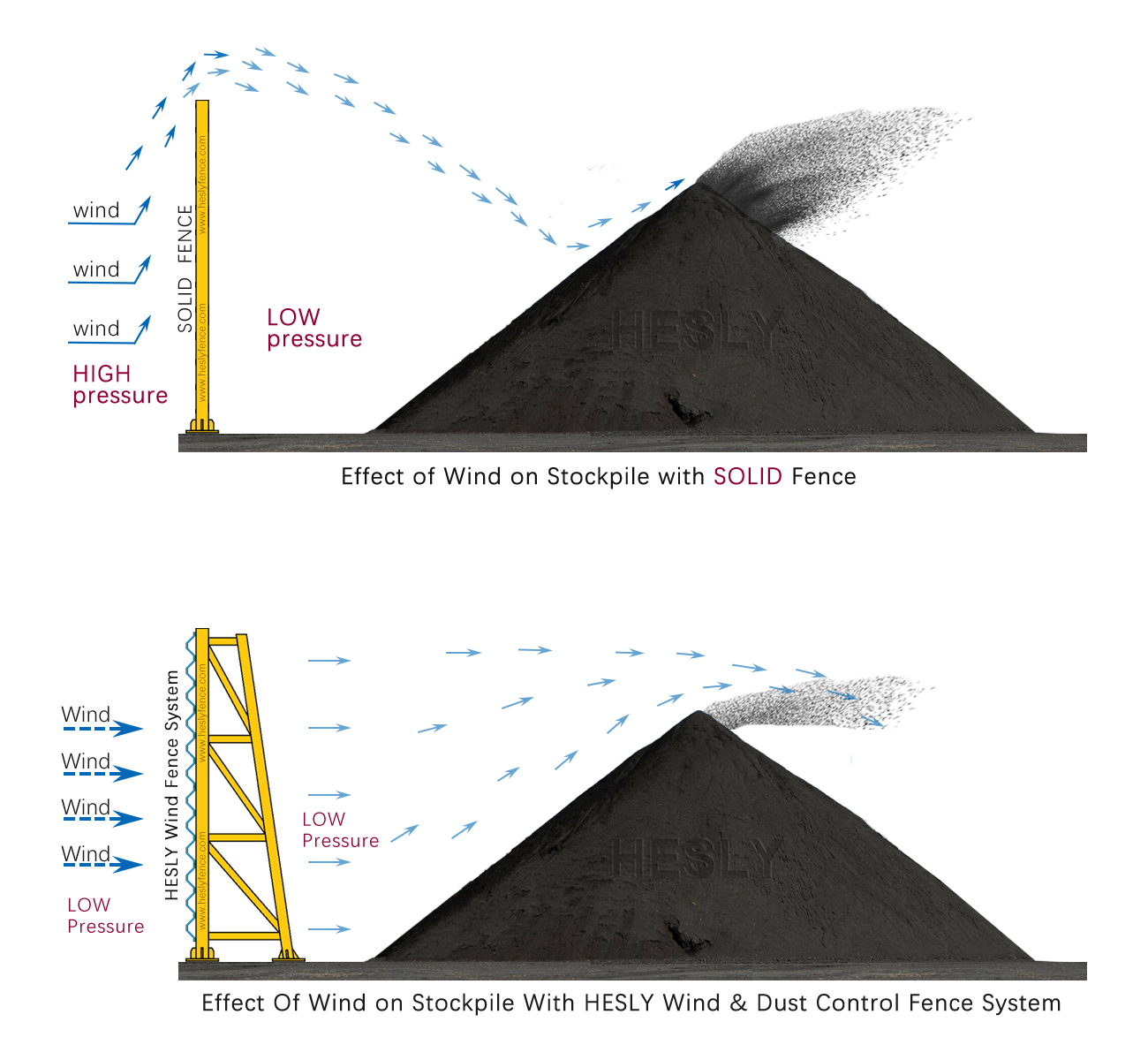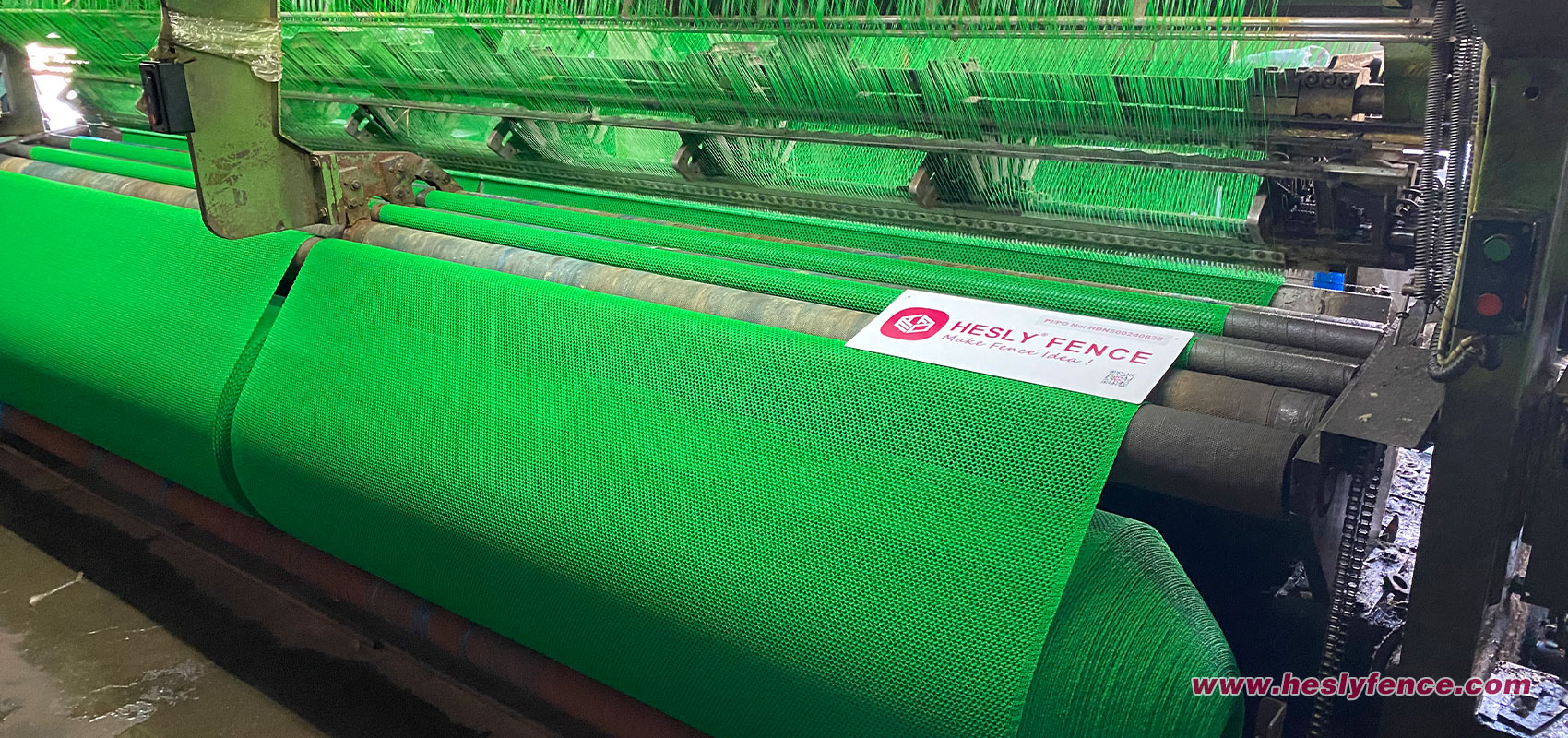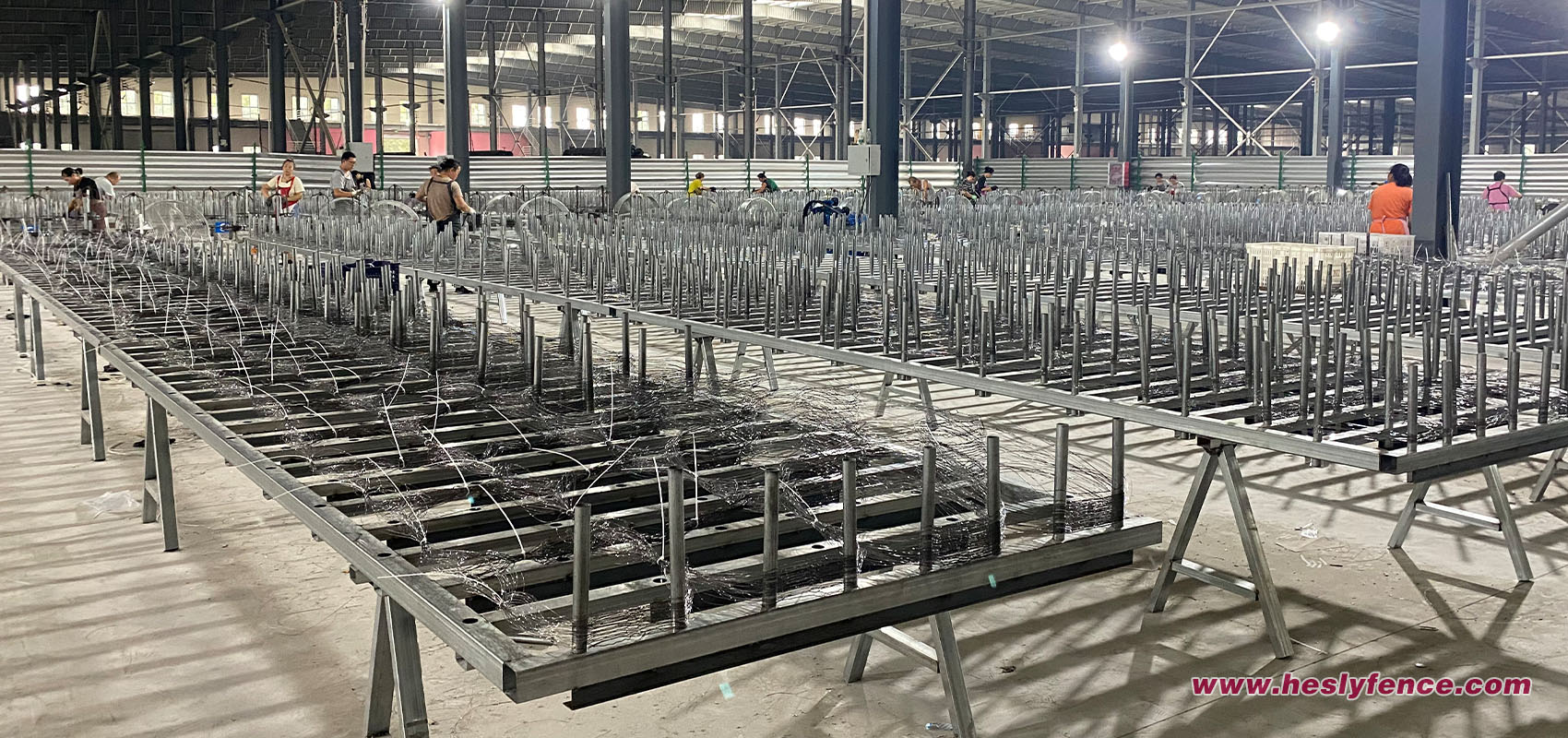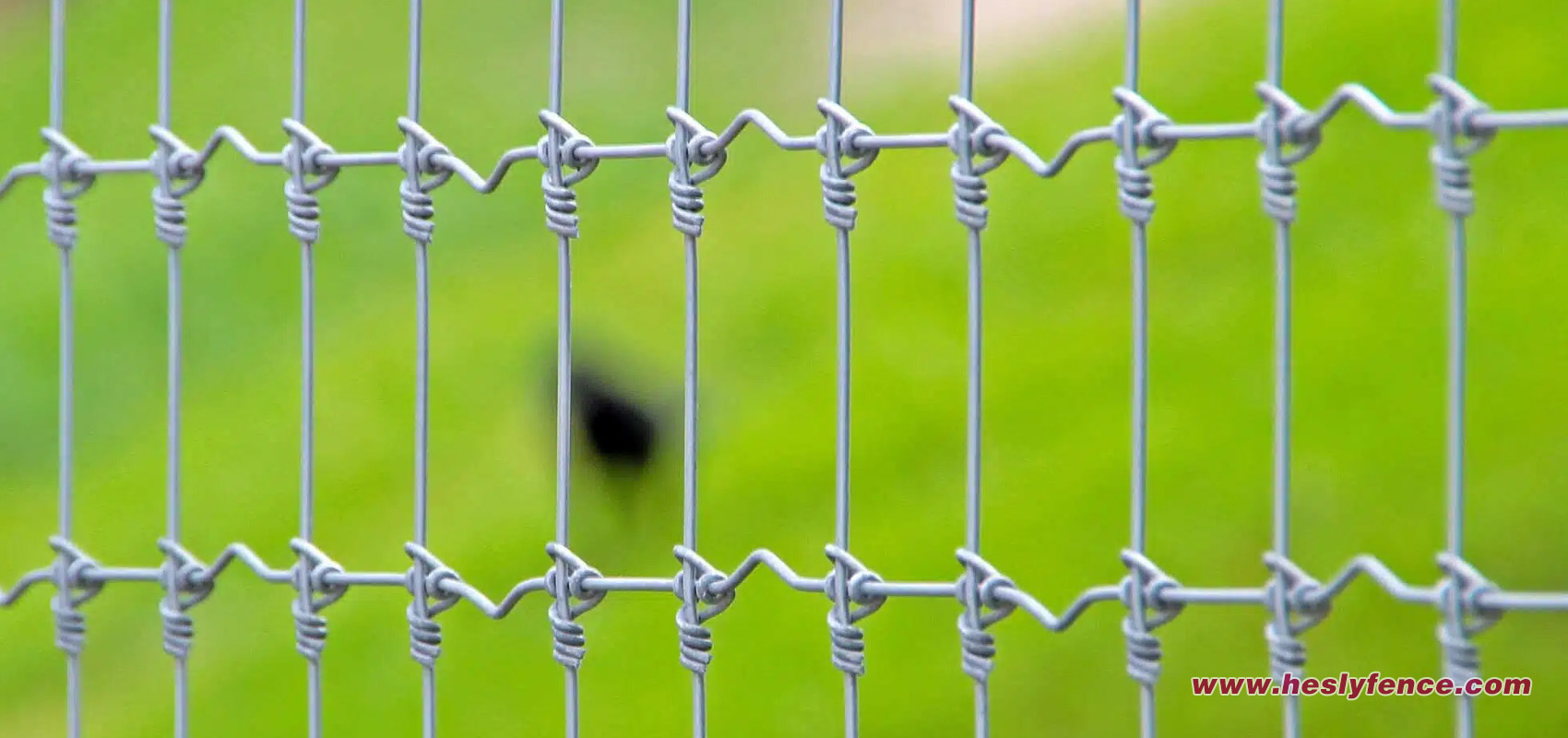 HESLY Wind & Dust control fence reduces dust emissions caused from wind erosion on open stockpiles. Our wind fence material is designed to exert a drag force on oncoming wind and reduce wind speeds up to 75% within the sheltered area. Our systems prevent dust that is generated by oncoming winds, material loading and unloading, and equipment and vehicle movement from becoming airborne.
HESLY Wind & Dust control fence reduces dust emissions caused from wind erosion on open stockpiles. Our wind fence material is designed to exert a drag force on oncoming wind and reduce wind speeds up to 75% within the sheltered area. Our systems prevent dust that is generated by oncoming winds, material loading and unloading, and equipment and vehicle movement from becoming airborne.
The concept behind how a wind fence works is easy to understand. If a solid wall is used as a wind break, two different pressure zones are created as wind movement towards the wall increases. Because impermeable materials, such as a solid wall only deflect wind, not reduce it, any openings for equipment access or areas on either side of the wall can funnel high pressure ambient air into the low pressure interior. This results in increased air velocities within the protected area. This will also cause wind to flow over the wall and create a turbulent movement on the other side, amplifying the wind speed and creating more particle uptake.
Conversely, if a porous material is used, high velocity wind that moves toward the stockpile will be diminished as the porosity will allow for air to pass through and equalize differential pressure on either side of the barrier.




